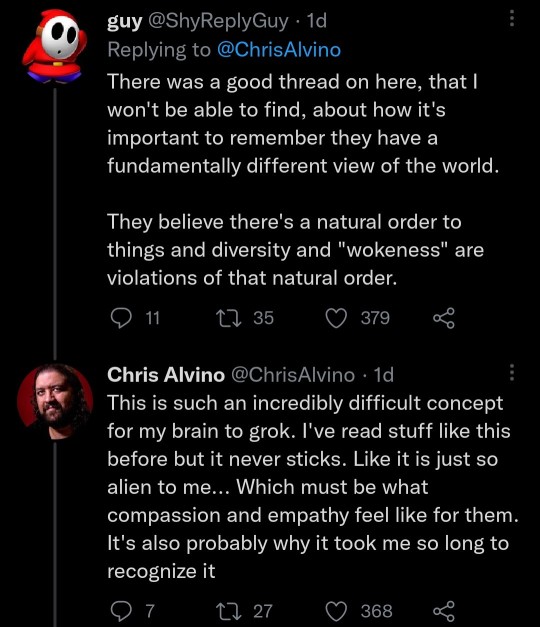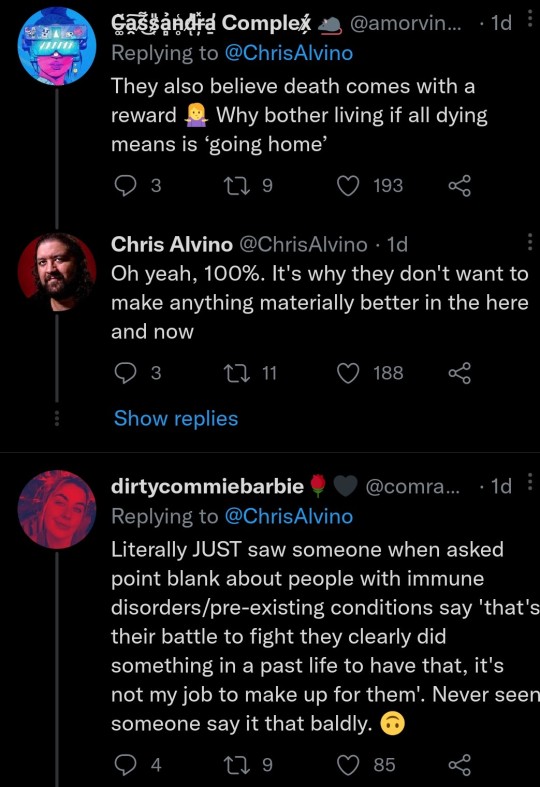#coronavirus or covid-19
Text
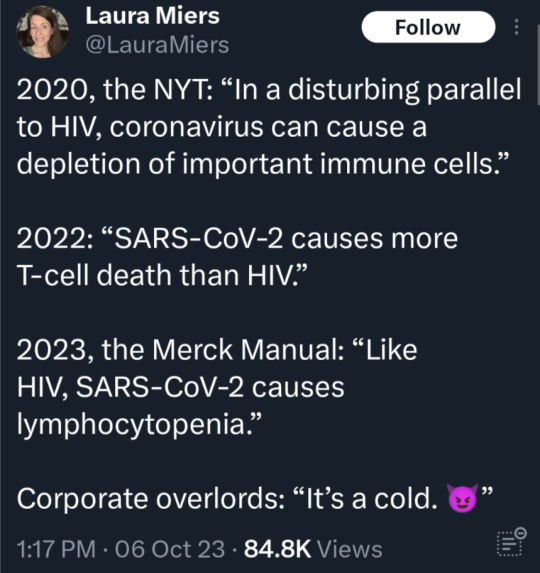


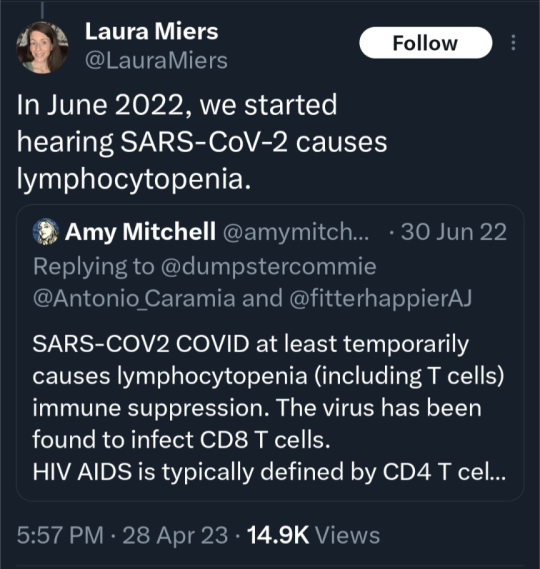
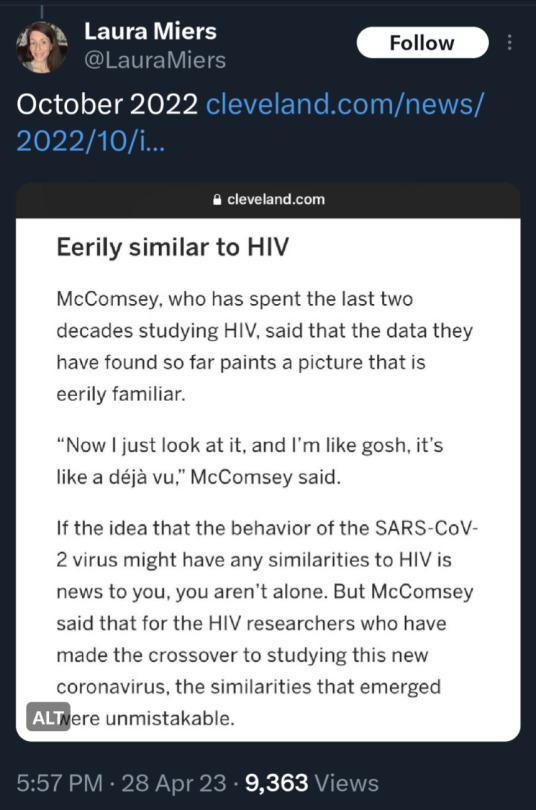
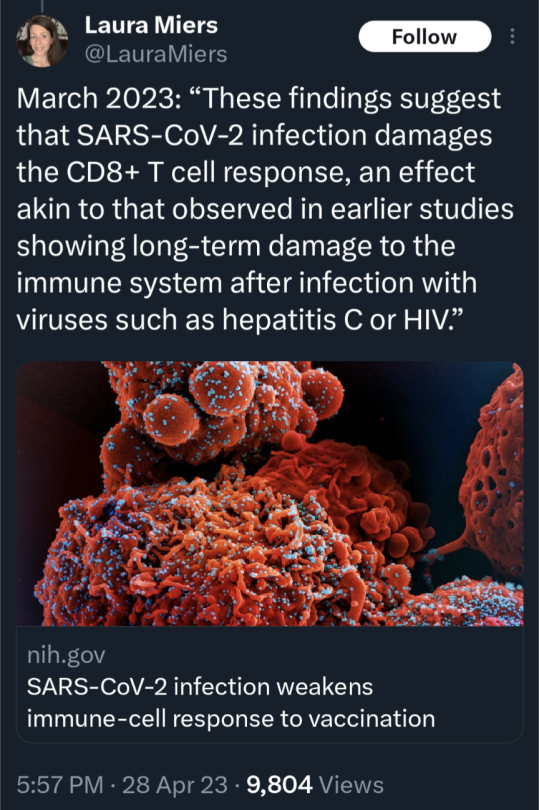

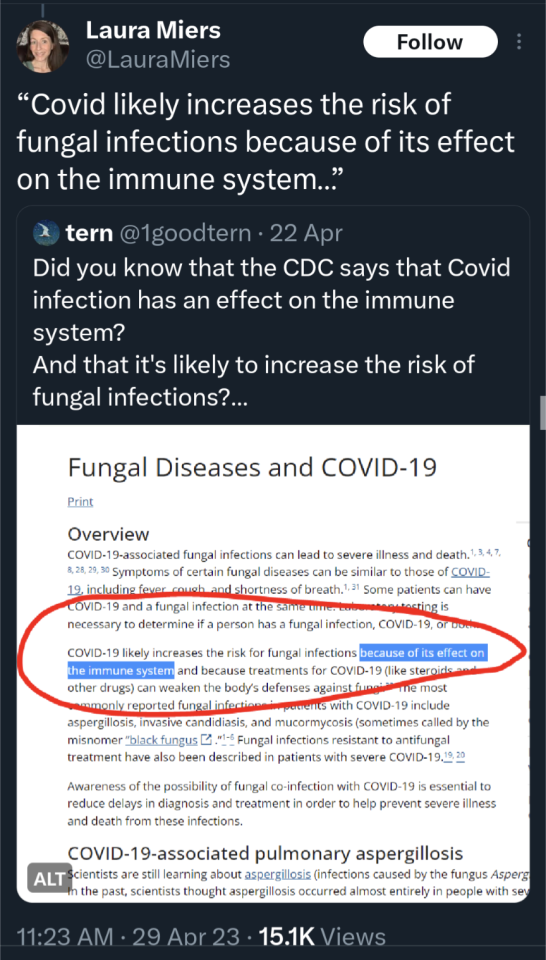

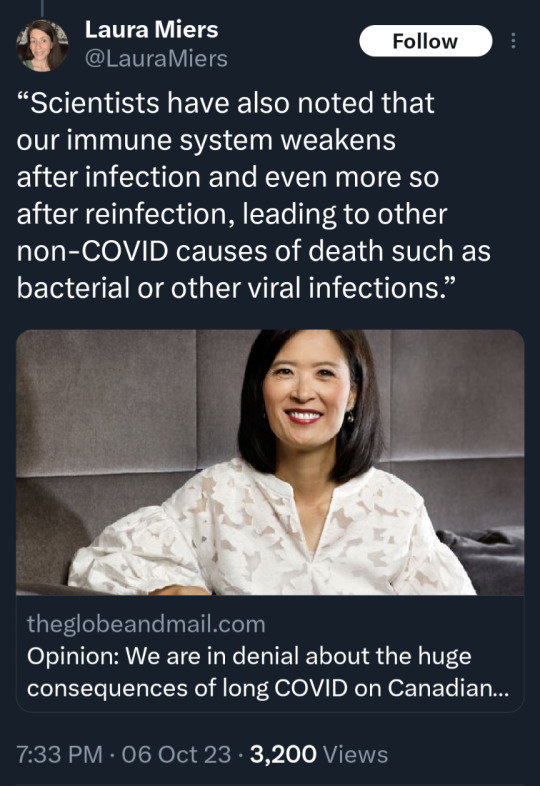
(source)
#covid 19#coronavirus#news#science#please get vaccinated#please get the booster#please stay safe#covid is not over#covid is not a hoax#please look out for each other#covid--19#long covid#yes the covid vaccine is safe
49K notes
·
View notes
Text
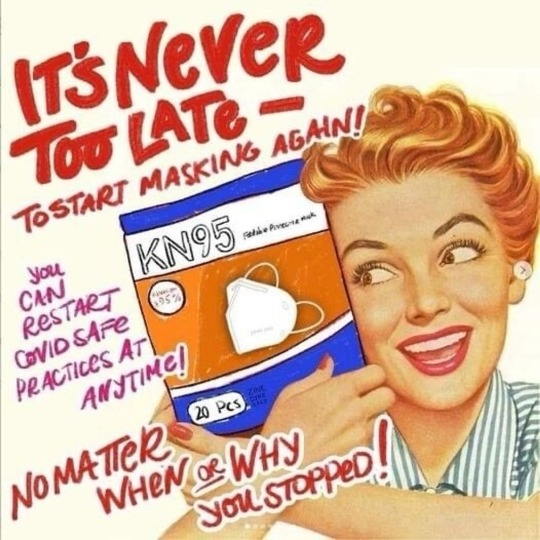
Source
CDC Wastewater Viral Activity Monitoring
BreatheTeq
36K notes
·
View notes
Text
Great news for uninsured adults in the USA who want a COVID-19 booster! It now appears that ALL CVS locations are now active participants in the Bridge Access Program. The Bridge Access Program gives out free Covid-19 vaccinations to 18+ adults who otherwise can't afford one, so if you have a CVS near you, please go get one! For others who don't have a CVS near them, please go to vaccines.gov, click on "Find Covid-19 vaccines", fill out which vaccines you prefer (you can mix different vaccines if you have to so i reccomend just marking all of them for the age groups you need), and when the next page loads mark the "Bridge Access Program Participant" option to see only locations that are Bridge Access Program participants. Hopefully, other places that aren't CVS will start participating soon, so just check back every so often to see if there are any updates. The CDC Bridge Access Program website also has more details on what locations will be participating, but only CVS is appearing as an active participant on the vaccines.gov location finder at the moment.
#covid19#covid#coronavirus#vaccines#covid vaccine#bridge access program#CDC#signal boost#please share#coronavirus vaccine#covid19 vaccine#covid 19 vaccine#novavax#moderna#pfizer#also interesting side note but i havent been able to find any vaccine other than novavax near me#perhaps this is just a regional thing or maybe novavax is cheaper to make so those are the most common?#anyway thats why i made sure to tell people its okay to mix up because im going to have to bc i got moderna every other time lol#mayyybe other vaccines will become available in the future??? but ive had close family catch covid left and right so im not waiting#also does anyone know why the bridge program only bridges access to 18 or older individuals?#like i knew the gov didnt care about children but god damn lmao
16K notes
·
View notes
Text



When those in power constantly lied about the little things, it isn't hard to see why people have tuned out--and even questioned whether masks were even effective against the virus.
#coronavirus#long covid#covid 19#pandemic#america is a failed state#dump the duopoly#america is a shithole country#fuck the system#fuck them all
10K notes
·
View notes
Text
I gotta say the Orwell quotes are getting way less snappy these days.
"the pandemic is over but covid is a leading cause of death" isnt as good of a soundbite as "war is peace freedom is slavery ignorance is strength"
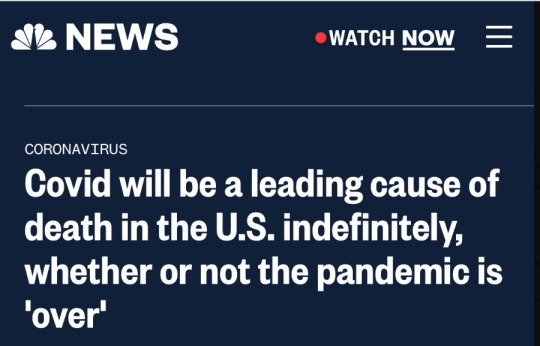
#covid 19#coronavirus#anyways always remember MVV friends#mask ventilate and vaccinate#esp you northern hemisphere ppl going into winter
9K notes
·
View notes
Text

#mask up#covid#covid 19#covid isn't over#pandemic#covid conscious#long covid#covid is airborne#wear a mask#coronavirus
4K notes
·
View notes
Text
3K notes
·
View notes
Text

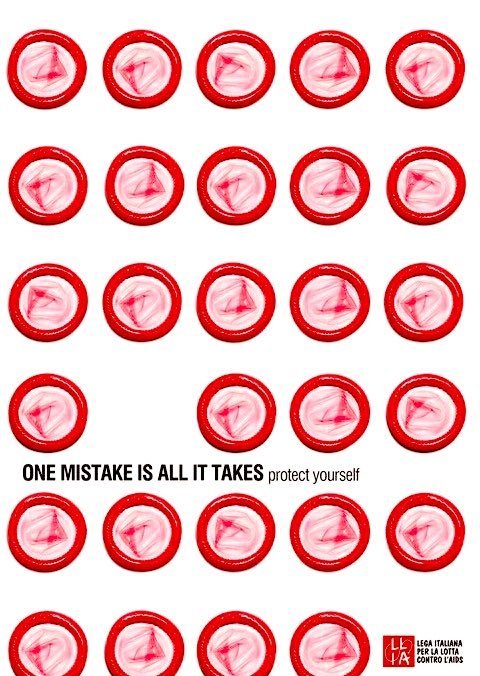


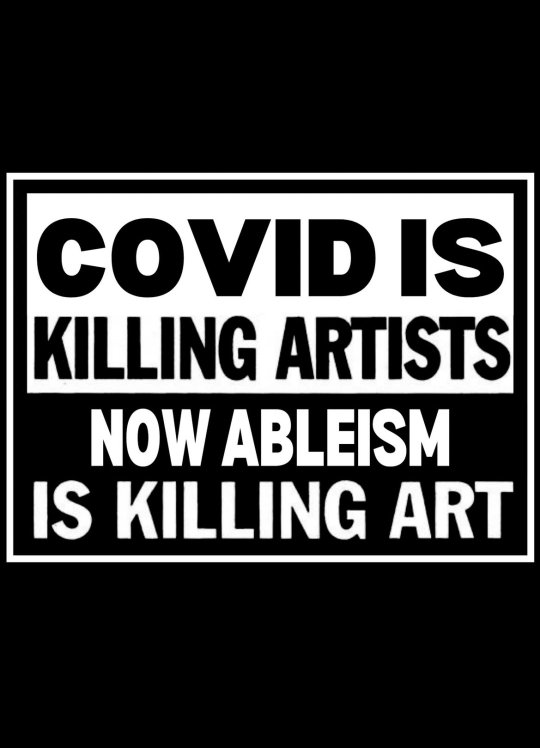
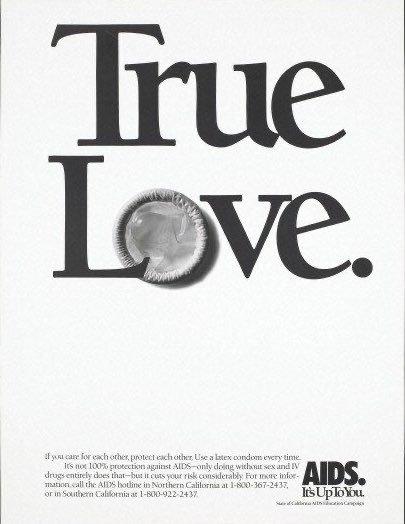
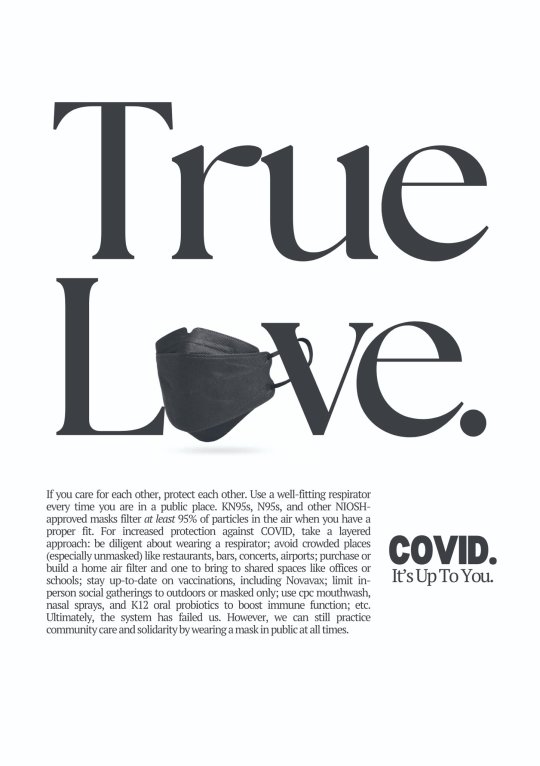
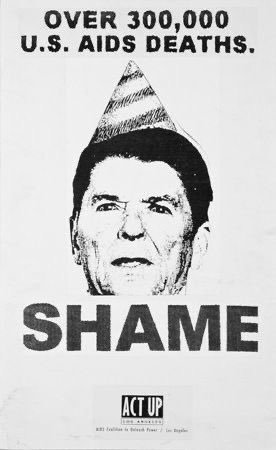


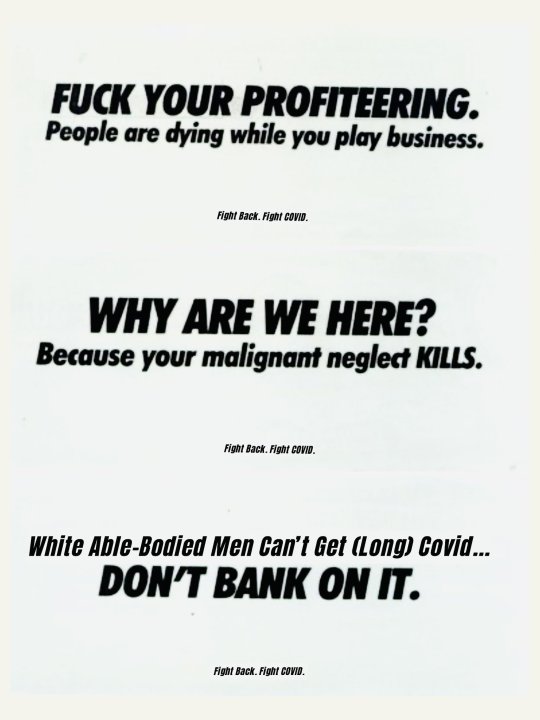

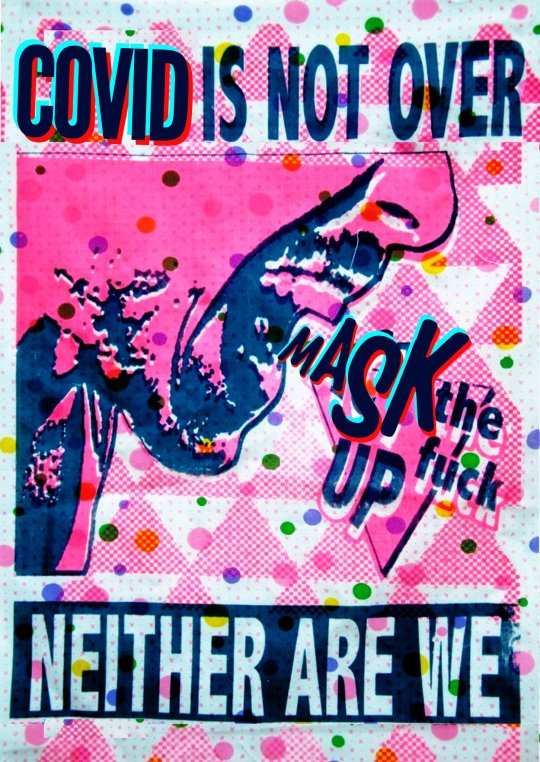




AIDS/ACT UP posters updated for the ongoing global COVID pandemic.
we must know history & be able to apply it to the current moment. queer liberation, disability justice, racial justice – these struggles cannot be separated.
WearAMask #CovidIsAirborne #LongCovid 😷
Images, image descriptions, and full thread with more posters by @/_copy_of_a_copy on Twitter. The thread also includes a link to a Google Drive of PNGs/PDFs to print and wheatpaste.
The artist is only on twitter, so I am sharing this incredible thread here on Tumblr.
3K notes
·
View notes
Text
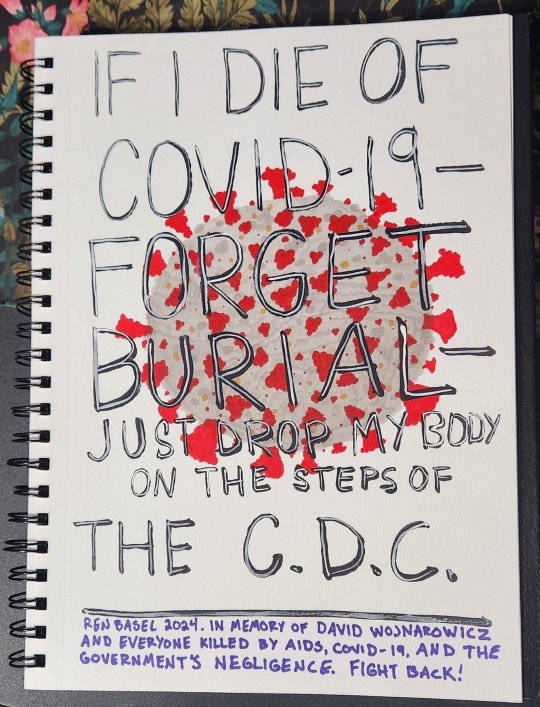
[Image description: A photograph of a page from a spiral-bound sketchbook. The page has an illustration of the covid-19 virus and overlaid text that reads, "If I die of Covid-19 - forget burial - just drop my body on the steps of the C.D.C." A caption on the bottom of the page reads, "Ren Basel 2024. In memory of David Wojnarowicz and everyone killed by AIDS, COVID-19, and the government's negligence. Fight back!" End description.]
In 1988, AIDS activist David Wojnarowicz was photographed in a now-famous image, wearing a jacket that read, "If I die of AIDS - forget burial - just drop my body on the steps of the F.D.A.." I am far from the only person to adapt Wojnarowicz's words to COVID-19, but today I am feeling especially angry at the world. Holding the rage in my chest hurts--it hurts so fucking much--so instead, I've put it on paper.
Living through government negligence and community indifference during COVID-19 in 2024 fills me with rage and grief in equal measure, and as a queer person who studies queer history, I can see the echoes of AIDS in the way marginalized communities are being left to die.
As a disabled person who lives in a household that is very high-risk for COVID-19, the C.D.C.'s recent decision to shorten the COVID-19 isolation period feels like a slap in the face.
COVID-19 is not over, and it is vital to take steps to protect yourself and others. Please, follow the work of the People's CDC, an organization dedicated to COVID-19 safety, activism, and education.
Our government has failed us. Our communities have failed us. For those of us who are immunocompromosed or otherwise high-risk, we only have each other.
Remember us. Fight with us. Mask up, get vaccinated, get boosted.
Please.
#original post#my art#covid-19#covid#coronavirus#disability justice#disability rights#disability awareness
3K notes
·
View notes
Text
#polling around#poll#tumblr poll#covid-19#coronavirus#covid#pandemic#curious because i just got covid for the very first time and am wondering who else is in the same boat
5K notes
·
View notes
Text
Would appreciate reblogs to reach a wider sample size!
13K notes
·
View notes
Text

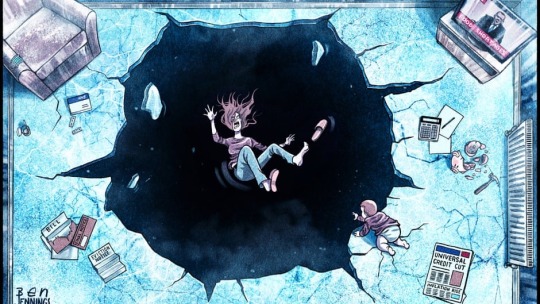
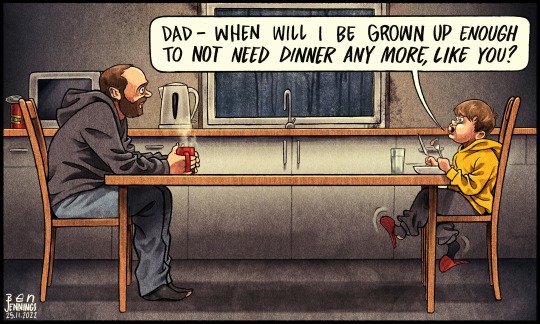
Ben Jennings
“The opposite of poverty is not wealth; the opposite of poverty is enough.” —Dr. Wess Stafford
#art#cartoon#poverty#unemployment#economic crisis#coronavirus#pandemic#covid 19#cartoons#ben jennings
6K notes
·
View notes
Text

What Did We Learn From Covid?
These days, a conventional wisdom has settled in that we somehow overreacted to Covid. That our response went too far, and we are now past those silly times. Here's the lesson to take away: we didn't do enough. Trump's response was idiotic and catastrophic (does anyone remember him saying blue state governors "have to treat us well" if they want coronavirus help?). Over 1.1 million Americans have died. Countless lives have been shattered by Long Covid. We let the virus be politicized by opportunists, and allowed false narratives about governments "controlling" us to dominate our media. The hard choices that were made to prevent even more death and suffering are now, ludicrously, seen as mistakes.
Help keep this work sustainable by joining the Sorensen Subscription Service! Also on Patreon.
711 notes
·
View notes
Text
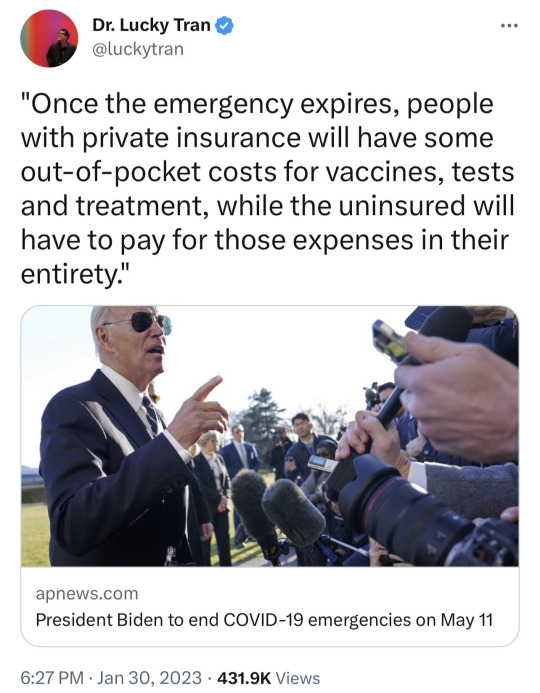
When the Public Health Emergency ends "for people without insurance, there will no longer be a pathway through Medicaid for free COVID-19 testing, vaccines, or treatment."

“The costs of COVID-19 vaccines are also expected to skyrocket once the government stops buying them, with Pfizer saying it will charge as much as $130 per dose. … People with private insurance could have some out-of-pocket costs for vaccines, especially if they go to an out-of-network provider, Levitt said. Free at-home COVID tests will also come to an end.” (source)

SO so glad that Joe Biden sided with big pharma and blocked the Wellstone Act for greedy corporations like Gilead Sciences back in the year 2000. And SO happy that he was vehemently against Medicare For All. 🤬
The long and short of this is that if you are poor and/or uninsured, you are going to need to pay for your own COVID tests and vaccinations.
Now ask yourself: if an underpaid frontline worker like a food server or grocery store clerk—remember when everyone was calling them “heroes” & essential workers?—if those workers feel sick but don’t have any paid time off and can’t afford to pay for their own test and vaccines, do you think they are going to take a week off without pay, or continue working and possibly spreading the virus? Rhetorical question; this already happens.
Welcome to America. If you’re poor, you’re dead.
4K notes
·
View notes
Text
You might be forgiven for thinking it’s been a very quiet few months for the Covid-19 pandemic. Besides the rollout of new boosters, the coronavirus has largely slipped out of the headlines. But the virus is on the move. Viral levels in wastewater are similar to what they were during the first two waves of the pandemic. Recent coverage of the so-called Pirola variant, which is acknowledged to have “an alarming number of mutations,” led with the headline “Yes, There’s a New Covid Variant. No, You Shouldn’t Panic.”
Even if you haven’t heard much about the new strain of the coronavirus, being told not to panic might induce déjà vu. In late 2021, as the Omicron variant was making its way to the United States, Anthony Fauci told the public that it was “nothing to panic about” and that “we should not be freaking out.” Ashish Jha, the Biden administration’s former Covid czar, also cautioned against undue alarm over Omicron BA.1, claiming that there was “absolutely no reason to panic.” This is a telling claim, given what was to follow—the six weeks of the Omicron BA.1 wave led to hundreds of thousands of deaths in a matter of weeks, a mortality event unprecedented in the history of the republic.
Indeed, experts have been offering the public advice about how to feel about Covid-19 since January 2020, when New York Times columnist Farhad Manjoo opined, “Panic will hurt us far more than it’ll help.” That same week, Zeke Emanuel—a former health adviser to the Obama administration, latterly an adviser to the Biden administration—said Americans should “stop panicking and being hysterical.… We are having a little too much [sic] histrionics about this.”
This concern about public panic has been a leitmotif of the Covid-19 pandemic, even earning itself a name (“elite panic”) among some scholars. But if there’s one thing we’ve learned, three and a half years into the current crisis, it’s that—contrary to what the movies taught us—pandemics don’t automatically spawn terror-stricken stampedes in the streets. Media and public health coverage have a strong hand in shaping public response and can—under the wrong circumstances—promote indifference, incaution, and even apathy. A very visible example of this was the sharp drop in the number of people masking after the CDC revised its guidelines in 2021, recommending that masking was not necessary for the vaccinated (from 90 percent in May to 53 percent in September).
As that example suggests, emphasizing the message “don’t panic” puts the cart before the horse unless tangible measures are being taken to prevent panic-worthy outcomes. And indeed, these repeated assurances against panic have arguably also preempted a more vigorous and urgent public health response—as well as perversely increasing public acceptance of the risks posed by coronavirus infection and the unchecked transmission of the virus. This “moral calm”—a sort of manufactured consent—impedes risk mitigation by promoting the underestimation of a threat. Soothing public messaging during disasters can often lead to an increased death toll: Tragically, false reassurance contributed to mortality in both the attacks on the World Trade Center and the sinking of the Titanic.
But at a deeper level, this emphasis on public sentiment has contributed to confusion about the meaning of the term “pandemic.” A pandemic is an epidemiological term, and the meaning is quite specific—pandemics are global and unpredictable in their trajectory; endemic diseases are local and predictable. Despite the end of the Public Health Emergency in May, Covid-19 remains a pandemic, by definition. Yet some experts and public figures have uncritically advanced the idea that if the public appears to be tired, bored, or noncompliant with public health measures, then the pandemic must be over.
But pandemics are impervious to ratings; they cannot be canceled or publicly shamed. History is replete with examples of pandemics that blazed for decades, sometimes smoldering for years before flaring up again into catastrophe. The Black Death (1346–1353 AD), the Antonine Plague (165–180 AD), and the Plague of Justinian (541–549 AD), pandemics all, lacked the quick resolution of the 1918 influenza pandemic. A pandemic cannot tell when the news cycle has moved on.
Yet this misperception—that pandemics can be ended by human fiat—has had remarkable staying power during the current crisis. In November 2021, the former Obama administration official Juliette Kayyem claimed that the pandemic response needed to be ended politically, with Americans getting “nudged into the recovery phase” by officials. It is fortunate that Kayyem’s words were not heeded—the Omicron wave arrived in the US just weeks after her article ran—but her basic premise has informed Biden’s pandemic policy ever since.
Perhaps even less responsibly, the physician Steven Phillips has called for “new courageous ‘accept exposure’ policies”—asserting that incautious behavior by Americans would be the true signal of the end of the pandemic. In an essay for Time this January, Phillips wrote: “Here’s my proposed definition: the country will not fully emerge from the Covid-19 pandemic until most people in our diverse nation accept the risk and consequences of exposure to a ubiquitous SARS-CoV-2, the virus that causes Covid-19.”
This claim—that more disease risk and contagion means the end of a disease event—runs contrary to the science. Many have claimed that widespread SARS-CoV-2 infections will lead to increasingly mild disease that poses fewer concerns for an increasingly vaccinated (or previously infected) population. In fact, more disease spread means faster evolution for SARS-CoV-2, and greater risks for public health. As we (A.C. and collaborators) and others have pointed out, rapid evolution creates the risk of novel variants with unpredictable severity. It also threatens the means that we have to prevent and treat Covid-19: monoclonal antibody treatments no longer work, Paxlovid is showing signs of viral resistance, and booster strategy is complicated by viral evolution of resistance to vaccines.
But these efforts to manage and direct public feelings are not just more magical thinking; they are specifically intended to promote a return to pre-pandemic patterns of work and consumption. This motive was articulated explicitly in a McKinsey white paper from March 2022, which put forward the invented concept of “economic endemicity”—defined as occurring when “epidemiology substantially decouples from economic activity.” The “Urgency of Normal” movement similarly used an emotional message (that an “urgent return to fully normal life and schooling” is needed to “protect” children) to advocate for the near-total abandonment of disease containment measures. But in the absence of disease control measures, a rebound of economic activity can only lead to a rebound of disease. (This outcome was predicted by a team that was led by one of the authors [A.C.] in the spring of 2021.)
A pandemic is a public health crisis, not a public relations crisis. Conflating the spread of a disease with the way people feel about responding to that spread is deeply illogical—yet a great deal of the Biden administration’s management of Covid-19 has rested on this confusion. Joe Biden amplified this mistaken perspective last September when he noted that the pandemic was “over”—and then backed that claim by stating, “If you notice, no one’s wearing masks. Everybody seems to be in pretty good shape.” The presence or absence of health behaviors reveals little about a threat to health itself, of course—and a decline in mask use has been shaped, in part, by the Biden administration’s waning support for masking.
Separately, long Covid poses an ongoing threat both at an individual and a public health level. If our increasingly relaxed attitude toward public health measures and the relatively unchecked spread of the virus continue, most people will get Covid at least once a year; one in five infections leads to long Covid. Although it’s not talked about a lot, anyone can get long Covid; vaccines reduce this risk, but only modestly. This math gets really ugly.
The situation we are in today was predictable. It was predictable that the virus would rapidly evolve to evade the immune system, that natural immunity would wane quickly and unevenly in the population, that a vaccine-only strategy would not be sufficient to control widespread Covid-19 transmission through herd immunity, and that reopening too quickly would lead to a variant-driven rebound. All of these unfortunate outcomes were predicted in peer-reviewed literature in 2020–21 by a team led by one of the authors (A.C.), even though the soothing public messaging at the time called it very differently.
As should now be very clear, we cannot manifest our way to a good outcome. Concrete interventions are required—including improvements in air quality and other measures aimed at limiting spread in public buildings, more research into vaccine boosting strategy, and investments in next-generation prophylactics and treatments. Rather than damping down panic, public health messaging needs to discuss risks honestly and focus on reducing spread. Despite messages to the contrary, our situation remains unstable, because the virus continues to evolve rapidly, and vaccines alone cannot slow this evolution.
In the early months of the pandemic, many in the media drew parallels between the public’s response to Covid-19 and the well-known “stages of grief”: denial, bargaining, anger, depression, and acceptance. The current situation with Covid-19 calls for solutions, not a grieving process that should be hustled along to the final stage of acceptance.
833 notes
·
View notes
